-

Lifeline AED Semi-Automatic Defibrillator
$2,300.19
$2,079.99
Supplied in: Each -
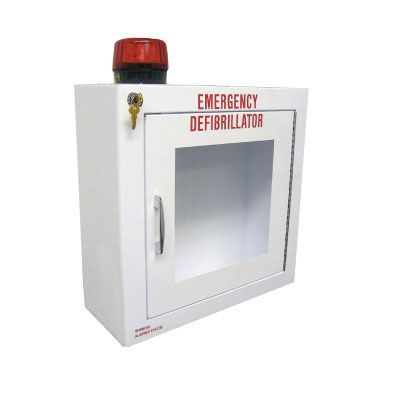
Emergency Defibrillator Cabinet
From $147.69 To $733.39
From $147.69 To $306.99
Supplied in: Each -
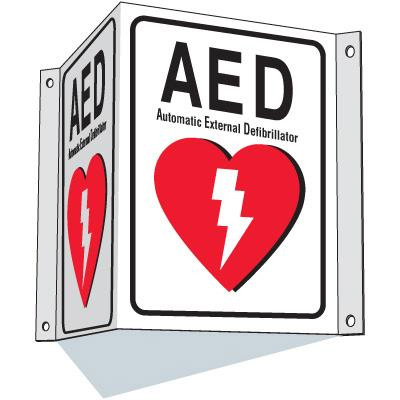
3-Way View AED Sign - Automated External Defibrillator
$124.79Supplied in: Each -

1-Way View AED Sign - (Includes Arrow Graphic)
$51.19
$32.79
Supplied in: Each -

2-Way View AED Sign - Automated External Defibrillator
From $37.49 To $99.89
From $20.79 To $99.89
Supplied in: Label -

2-Way View AED Sign - (Includes Arrow Graphic)
$90.59
$45.29
Supplied in: Each -
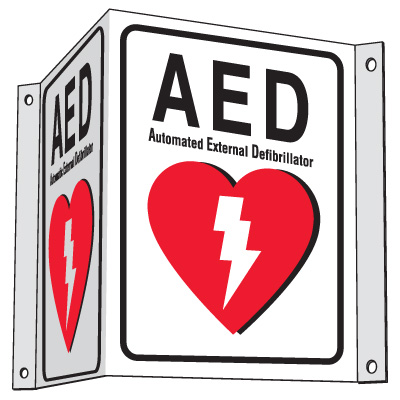
3-Way Plastic AED Sign - Automated External Defibrillator
$94.99Supplied in: Each -

3-Way View AED Sign - Do Not Block
$115.79Supplied in: Each -
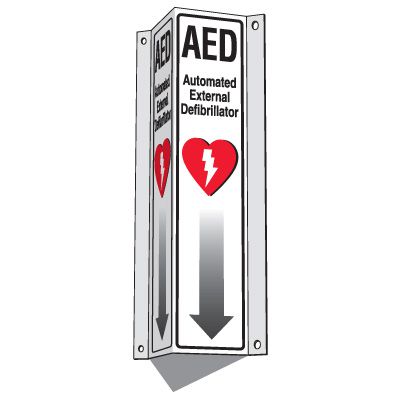
3-Way View AED Sign (Includes Arrow Graphic)
$96.39Supplied in: Each -

AED Label - Automated External Defibrillator
$37.49
$20.79
Supplied in: Label -
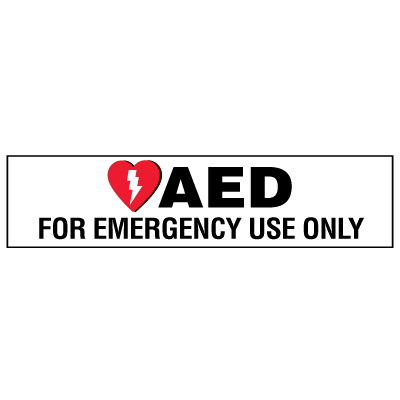
AED Label - For Emergency Use Only
$37.49
$20.79
Supplied in: Label -

AED Label - Automated External Defibrillator INSIDE
$37.49
$20.79
Supplied in: Label -

AED Label - For Emergency Use Only
$37.49
$20.79
Supplied in: Label -

1-Way View AED Sign - Automated External Defibrillator
$51.19
$32.79
Supplied in: Each -
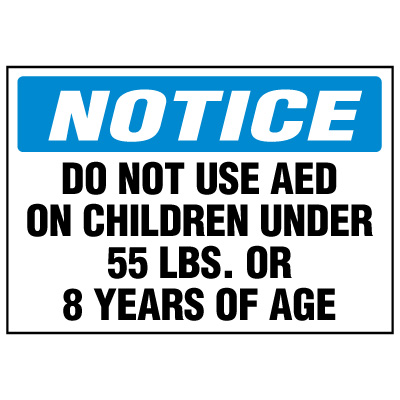
AED Notice Label - Do Not Use AED On Children
$37.49
$20.79
Supplied in: Label -

3-Way View AED Sign - Alarm Will Sound If Opened
$115.79Supplied in: Each
AED
AEDs are critical instruments in assisting patients suffering cardiac arrest. While procedures for working with specific AEDs can vary greatly, there are many standard operating requirements in effect that must be followed. These requirements, along with the right equipment and proper training (which includes in CPR training as a prerequisite) are all designed to ensure give patients the treatment they need. Meet your facility's AED requirements with the best options available at Seton.
Cardiovascular disease is currently one of the leading causes of death in the United States. During the onset of cardiac arrest, a faulty electrical signal occurs in the heart. Also known as arrhythmia, this leads to the typical symptoms of cardiac arrest, which include severe chest pain and/or loss of consciousness. The AED helps the patient by restoring the heart's electrical signals, thereby averting serious incapacitation or even death. Today, more and more facilities are include AEDs as part of their workplace safety equipment. Choose the best AED for your needs from Seton’s selection today.

